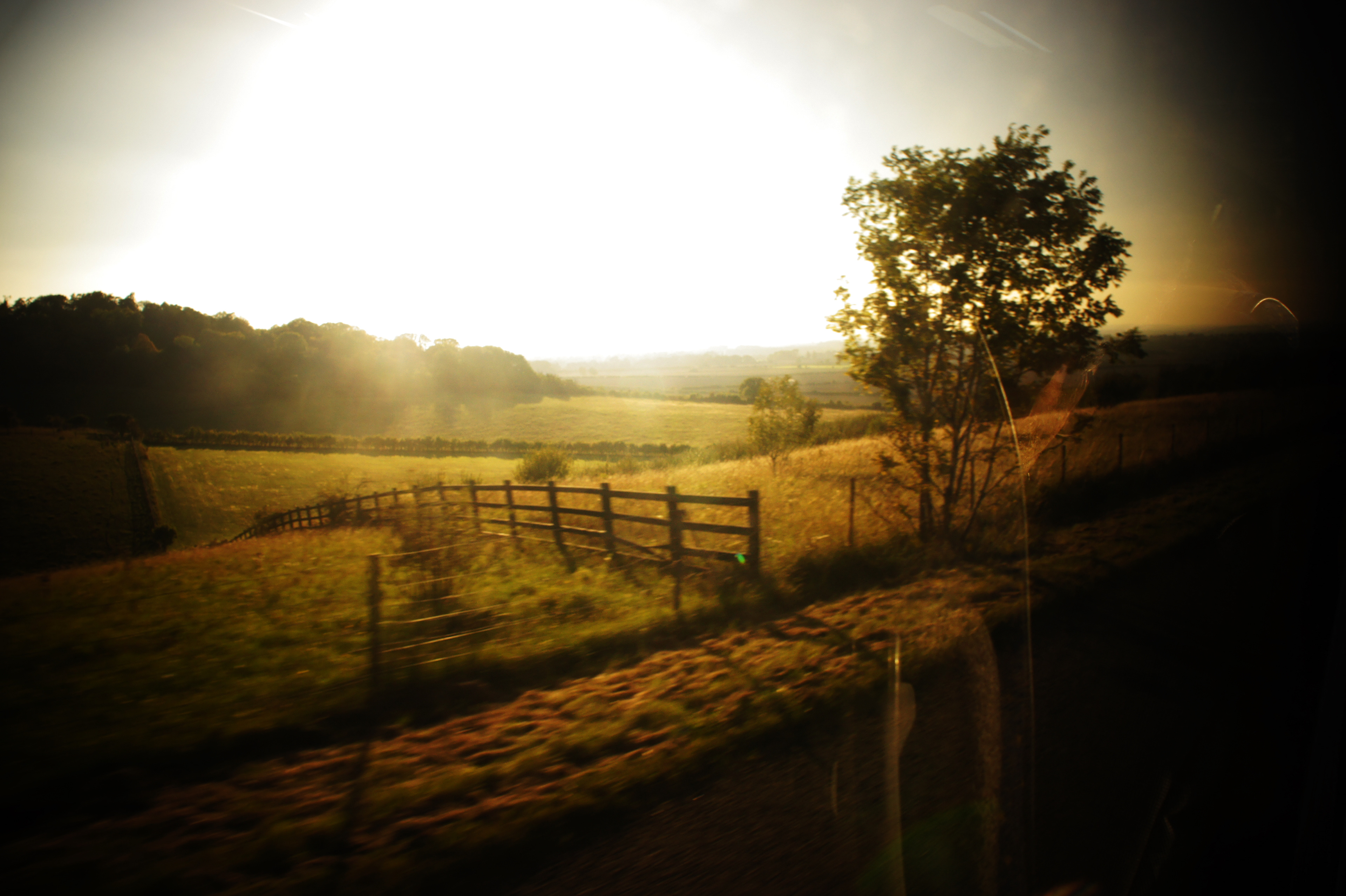
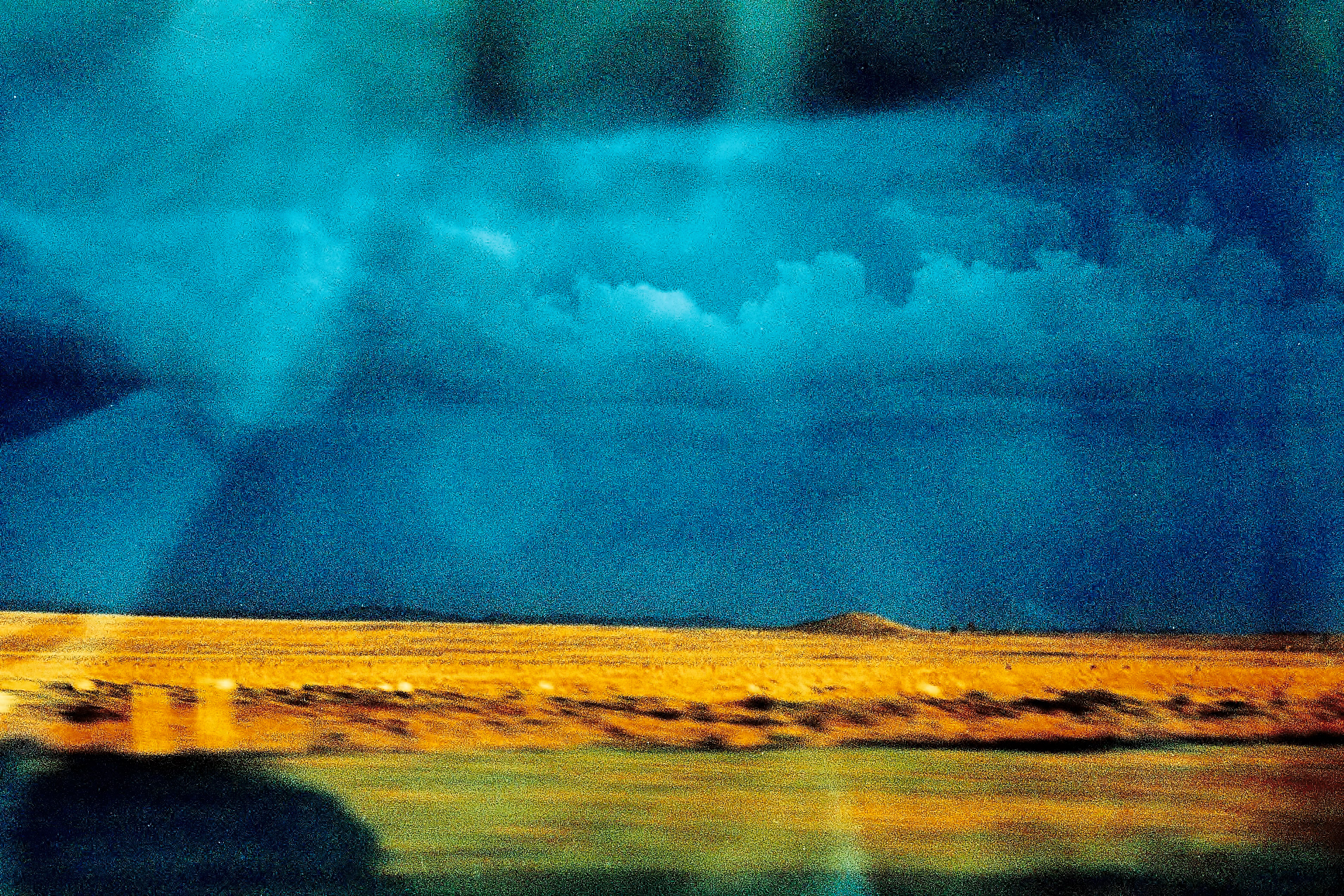
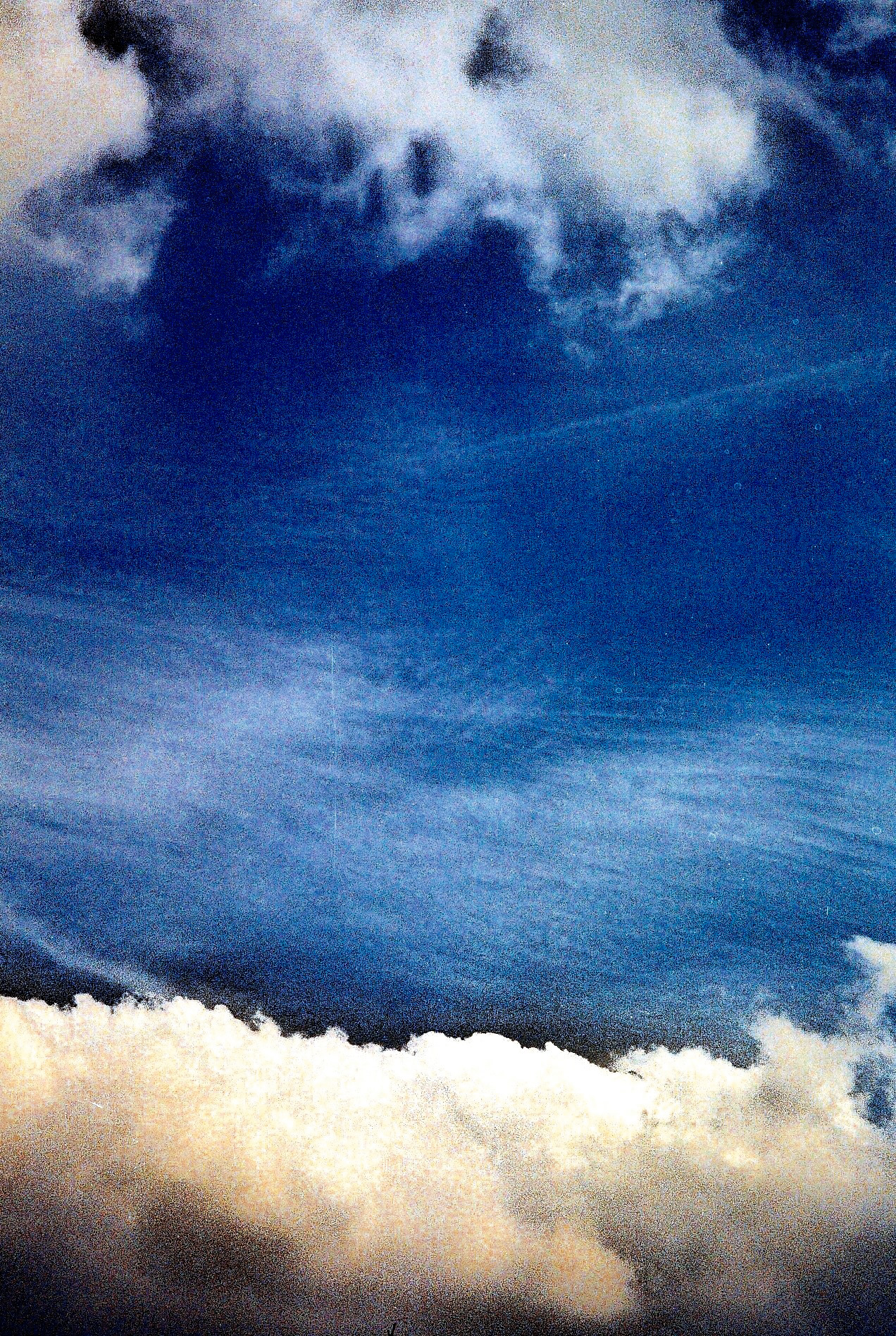
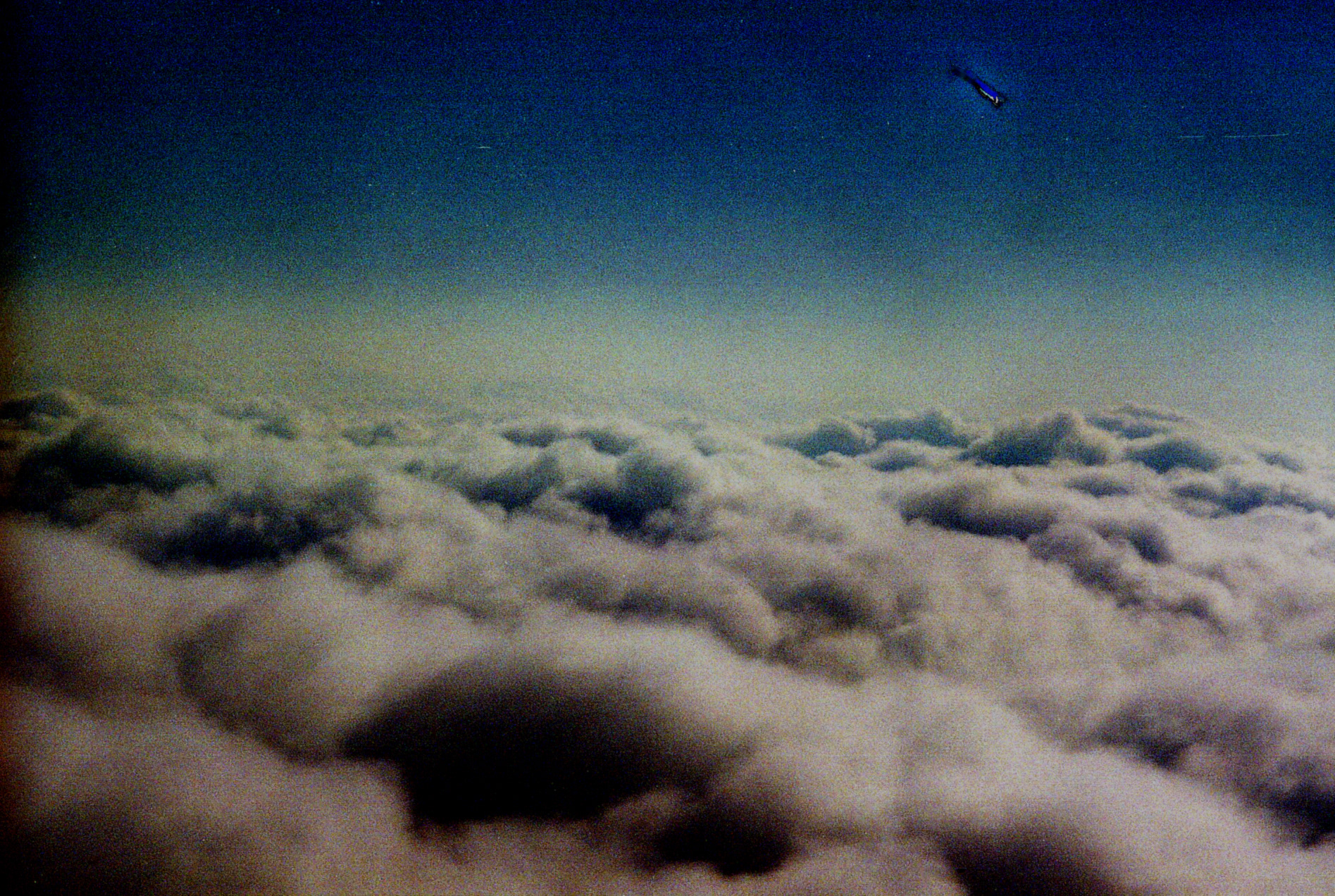
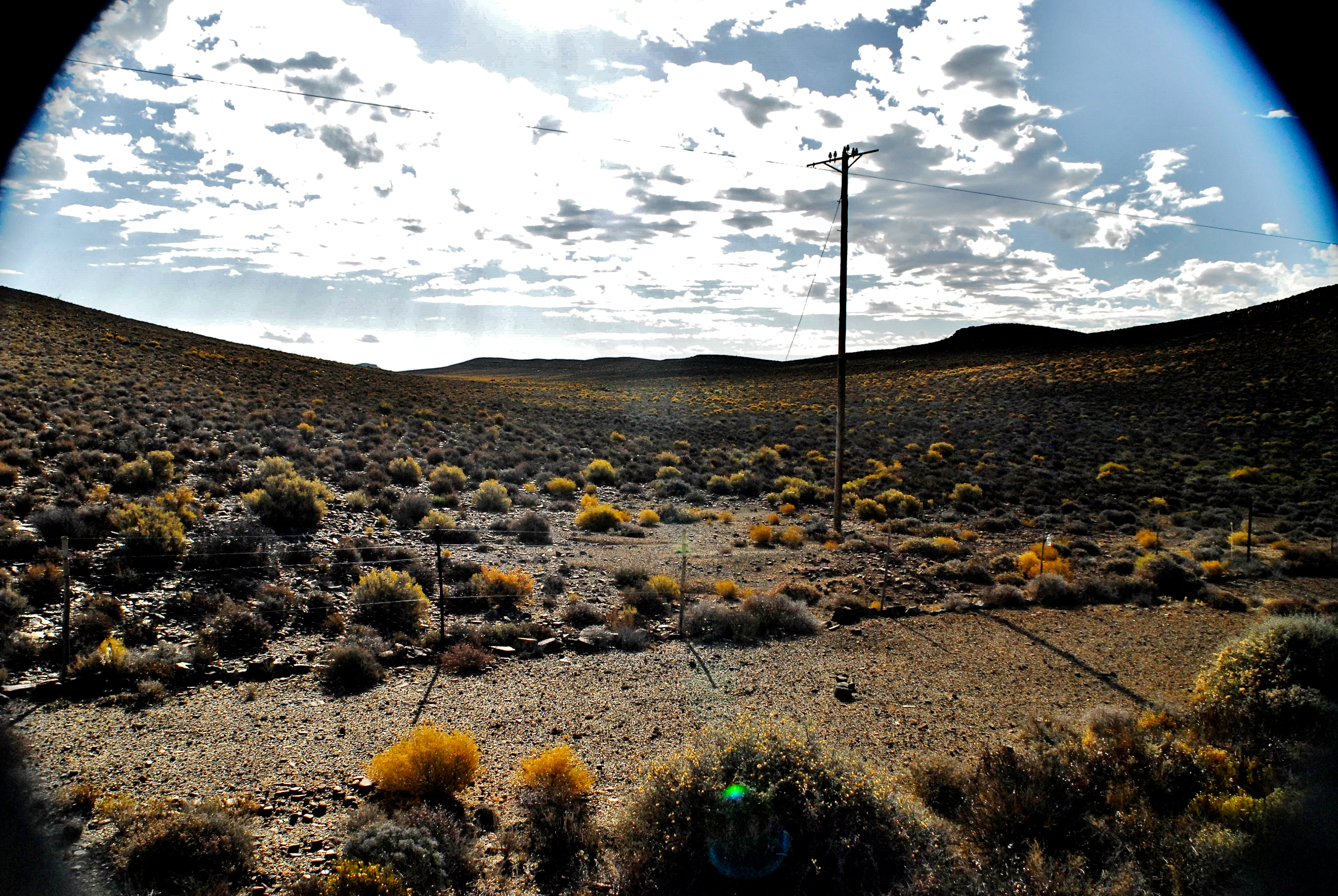
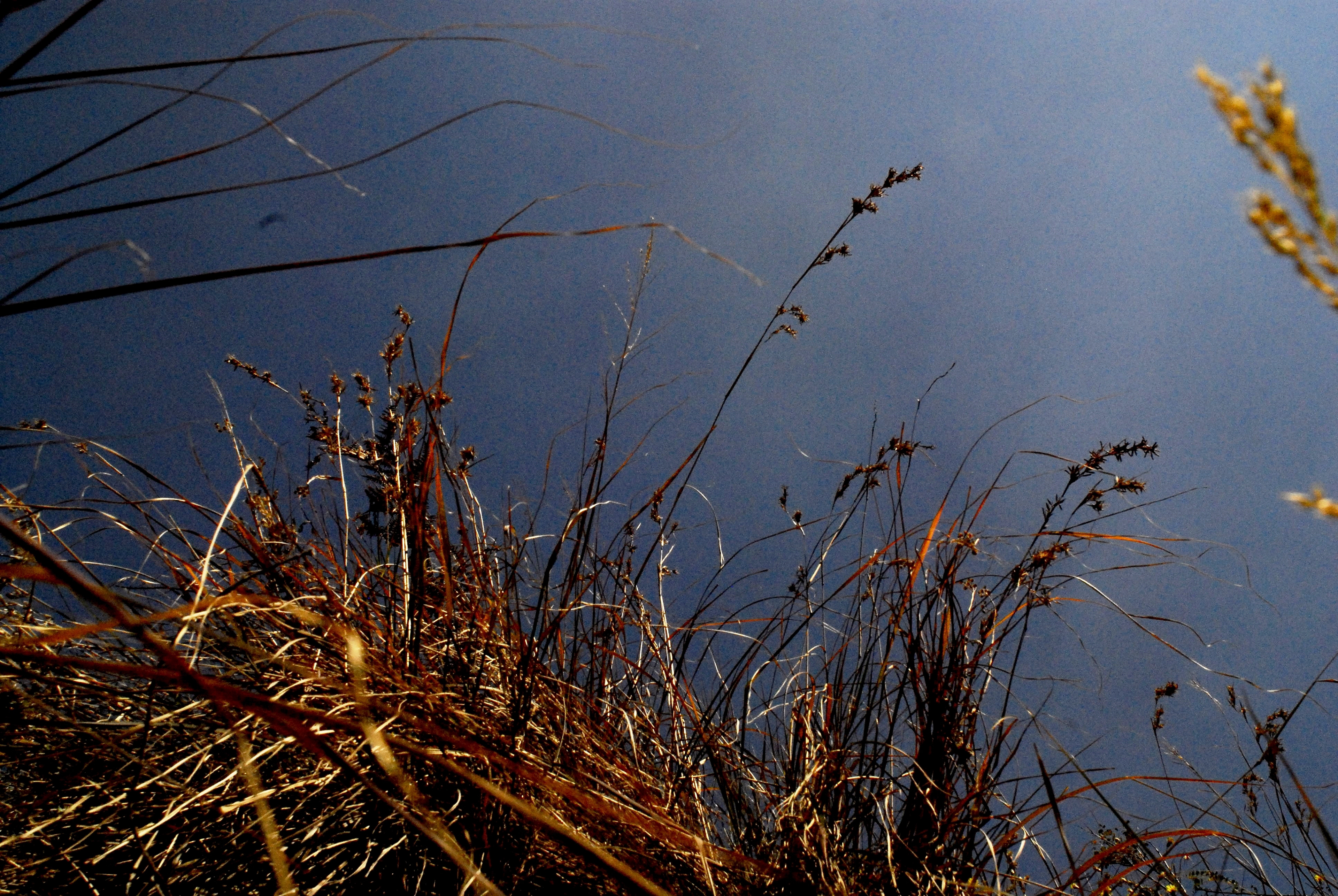
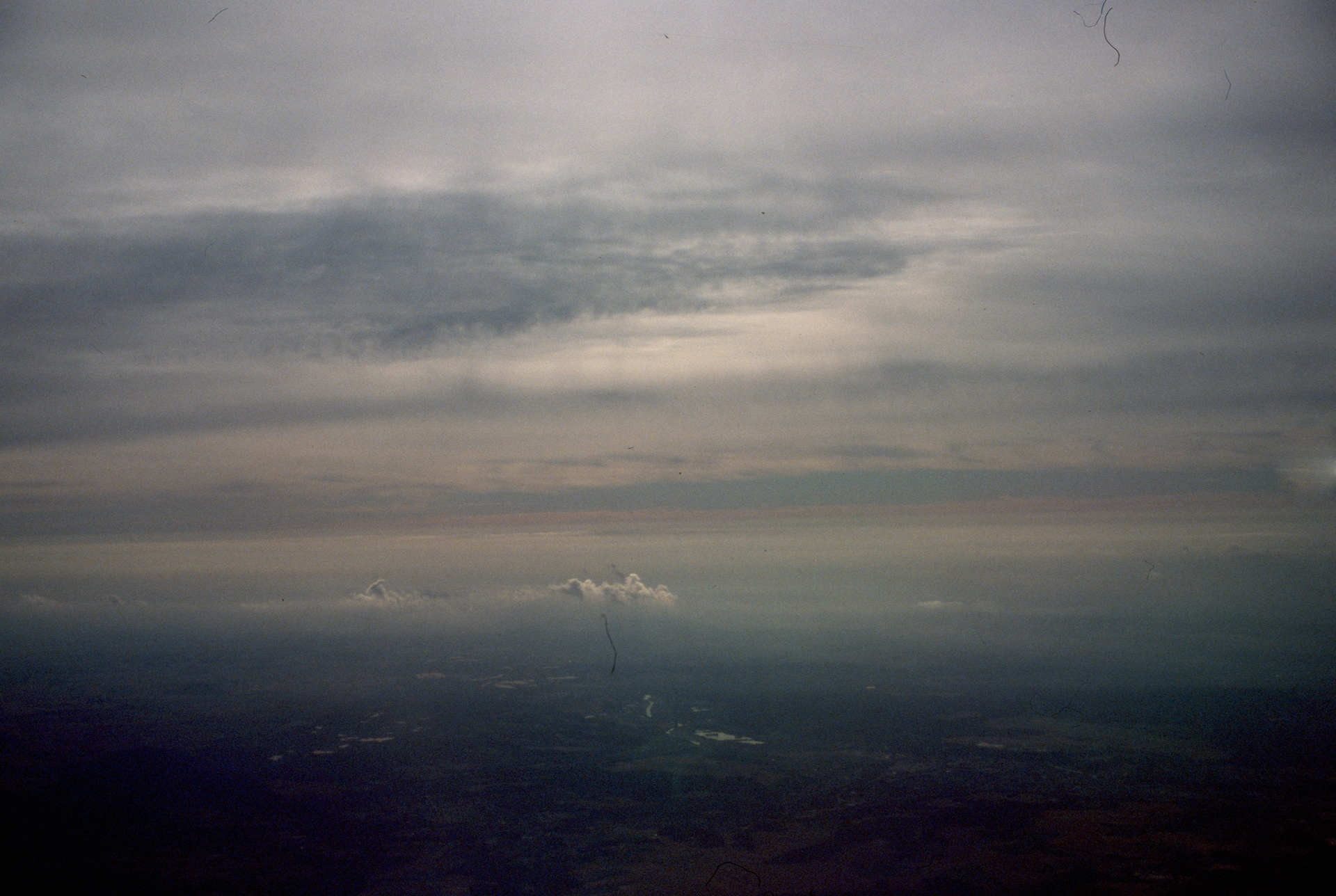
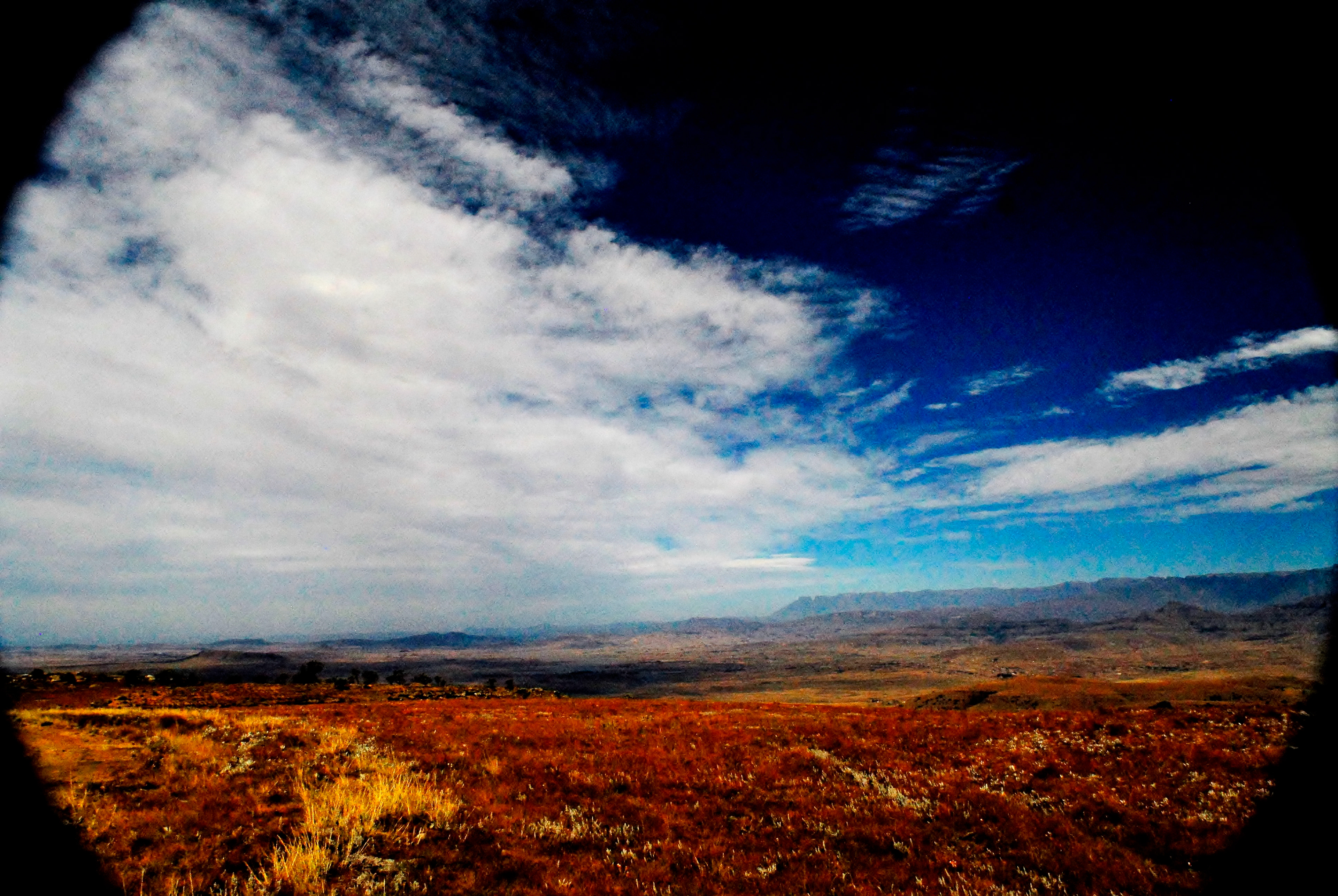
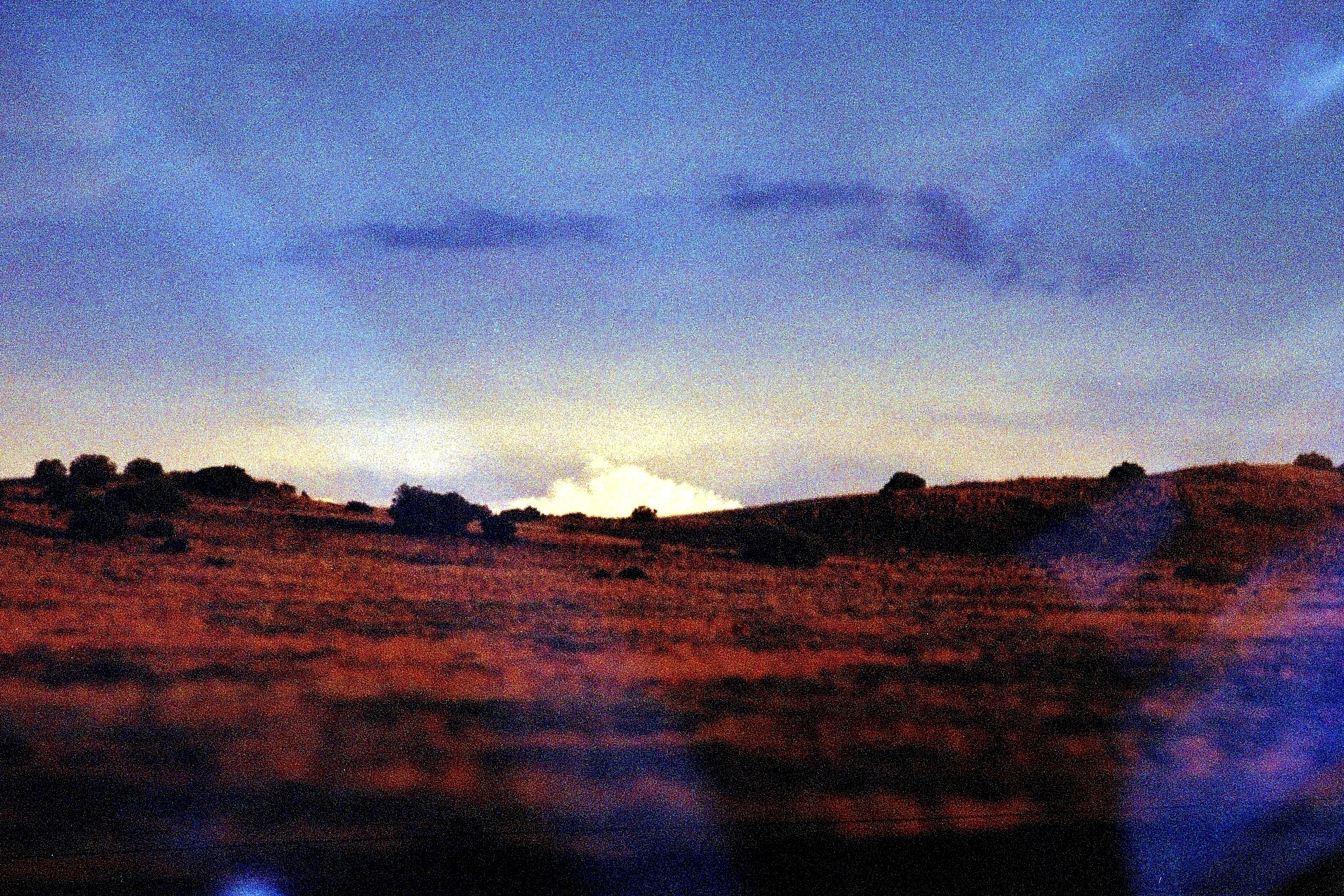
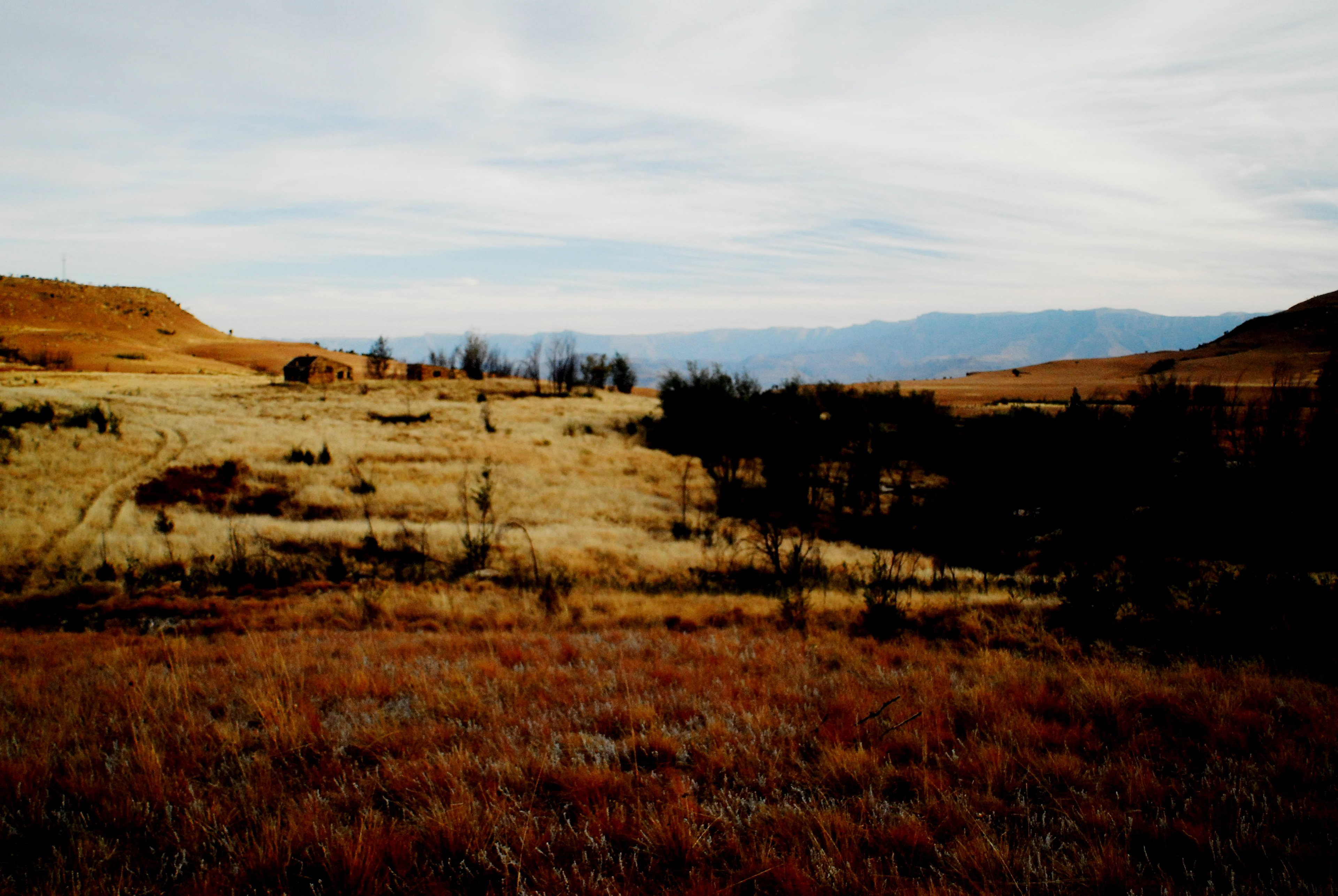
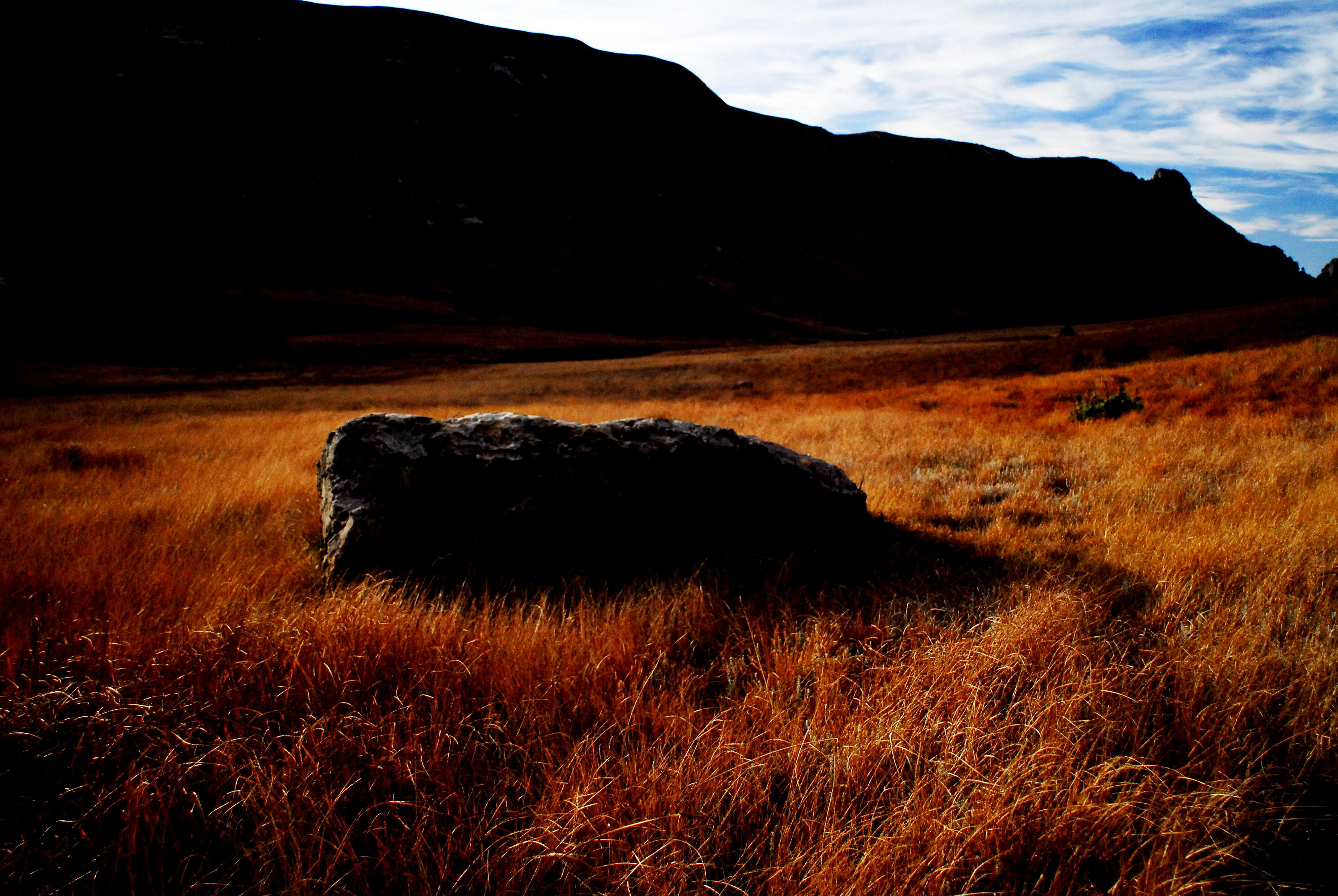
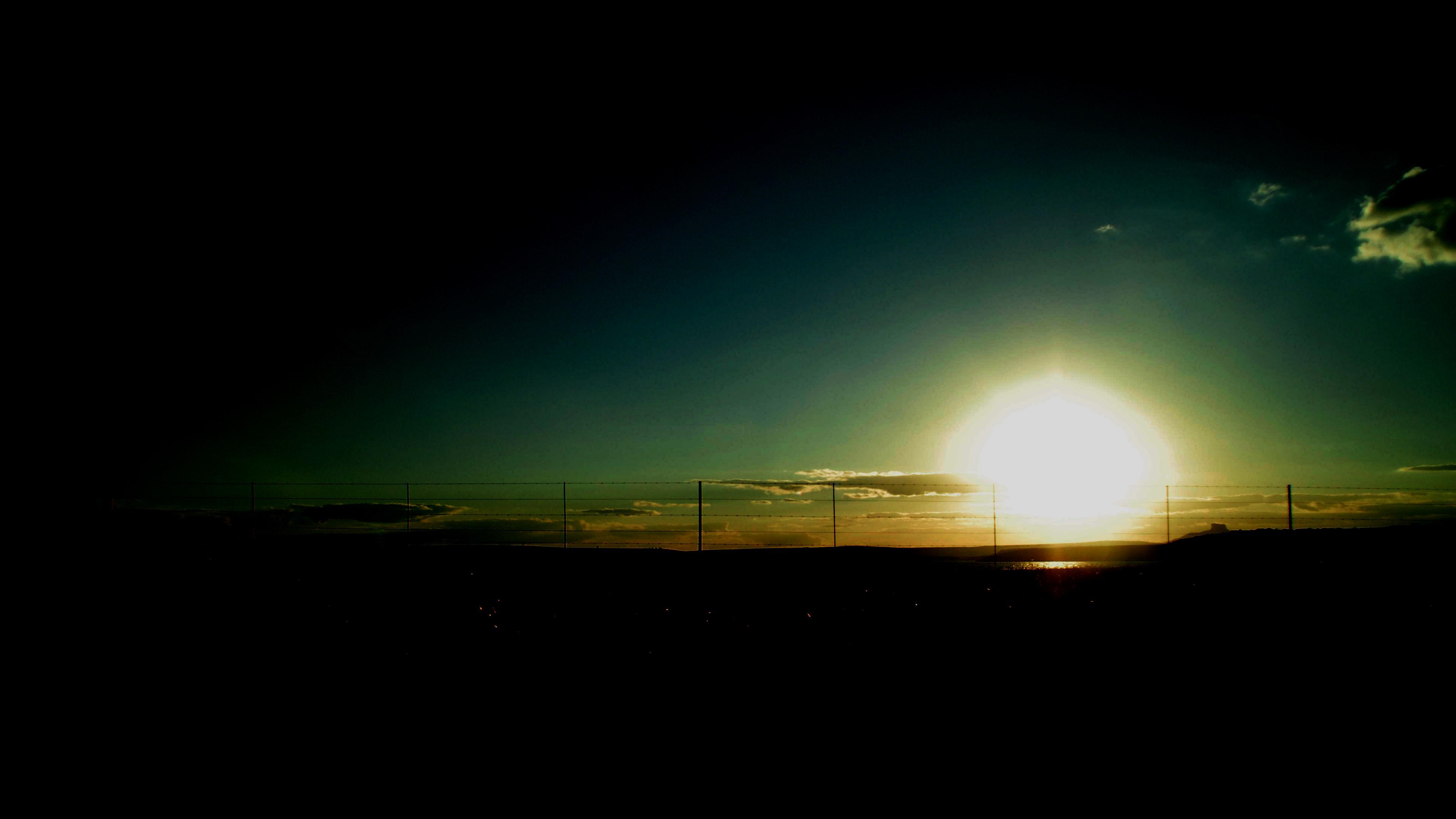
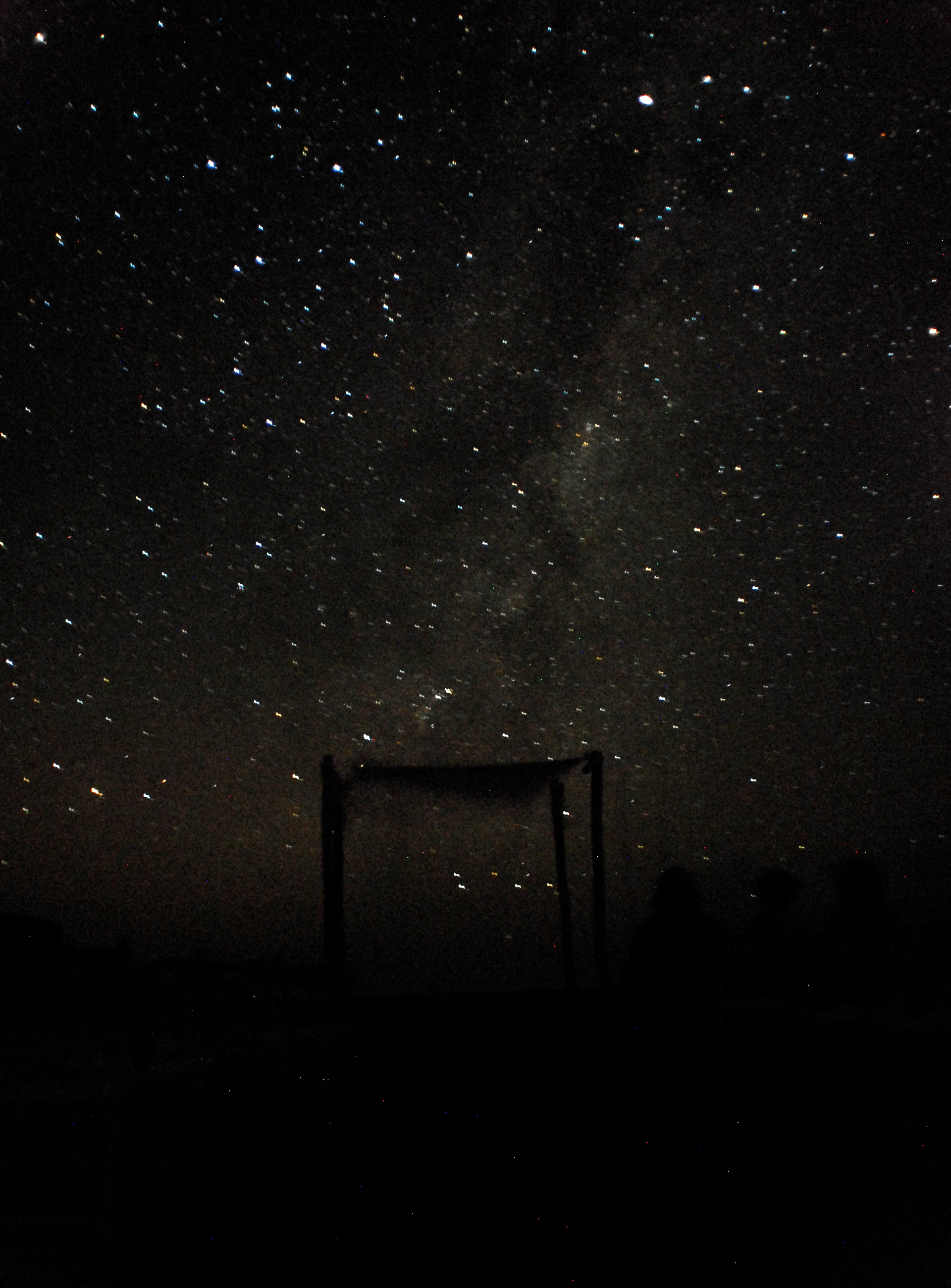
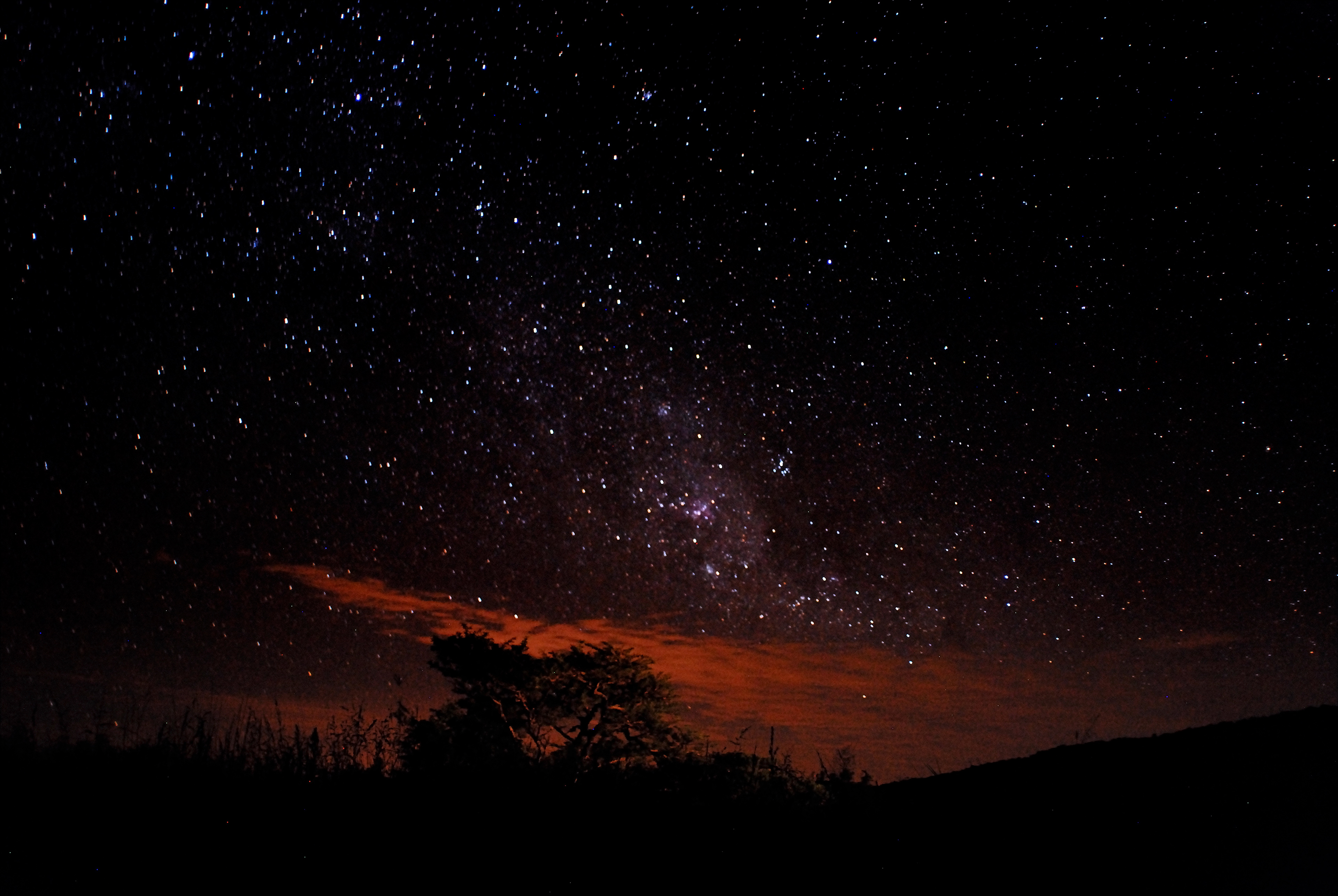
Rationale
The history of the use of photography in ethnographic studies reveals that photographs, initially thought of as inherently truthful and direct "inscriptions" of visual reality, are anything but truthful. In fact, they tend to supply so little interpretive anchoring that it's common for their meanings to be essentially determined by the context in which they're placed.
This absence of interpretive anchoring presented a fundamental difficulty for me. It was impossible to know what to do with my aesthetic leanings and judgements about the artistic value of photographs. After all, if their meaning could be made wholesale independent of the photograph itself, then what could count as "good" art photography? To put it differently, does art photography have much to do with the photographs themselves, or is the actual artistic "work" being done at the level of discourse (that is, in things like their titles, the artist's rationale, the exhibition venue's context, and critics' responses to the work)?
But eventually, out of this long nominalistic night broke a strange sunrise in which truth is convertible with being. Having discovered the transcendentals, it dawned upon me that just as photographs are a sort of 1:1 "inscription" of a visual field, they can also be made to signify directly many other aspects of their being, and that this could significantly enlarge their ability to be truthful. To give examples, instead of presenting a photograph as a sort of "view from nowhere," one could include reflections that betray the position of the photographer in relation to the subject. Instead of leaving invisible the photographer's choice of what subject to frame, one could partially bring this to light by, say, including near the borders of a photograph the edges of objects that would otherwise obscure the subject, thus revealing some physical limitations upon the shot taken. Equally, a photograph is always the product of the physical mechanism capturing it, and so certain limit-cases of this mechanism might be given expression in the photograph (e.g. colour noise, blur, vignette, depth of field...), so as to give expression to the real nature of photographs, in distinction from the nature of the scene or subjects photographed.
What results are grounds to evaluate photographs intrinsically. And not only this, but these grounds also distinguish the value of art photography from the value of artworld discourse about photographs, since they provide a basis to distinguish what "work" is being done by the artworks themselves, in contrast to what is being done by their contexts.
These photographs are the firstfruits of the realisation that photographs can acquire value as a product of their natures – without which photography could not be "art" in its own right. Yes, "ought" can emerge from "is."
Works are available in custom fine art print runs.
To purchase or to commission an artwork, please contact Arlyn.
To purchase or to commission an artwork, please contact Arlyn.